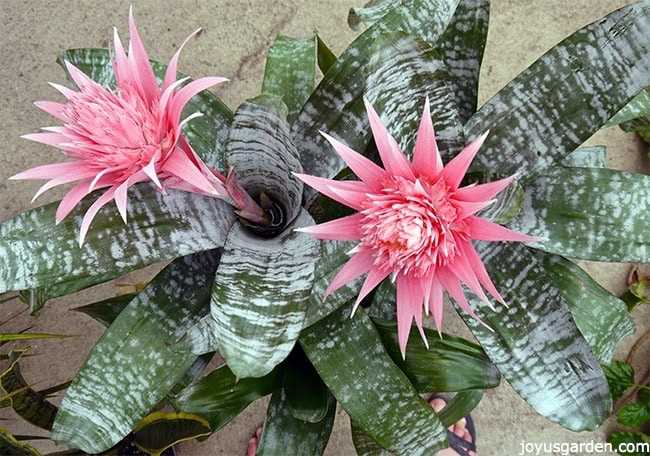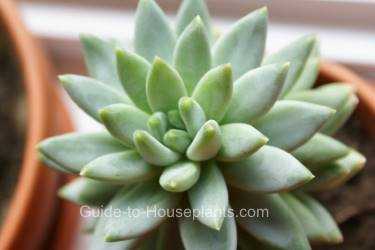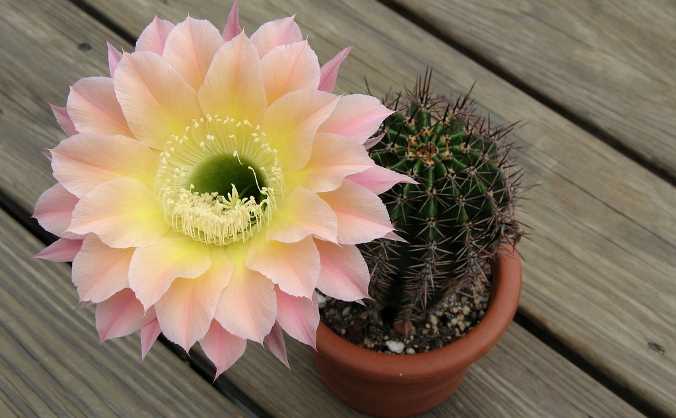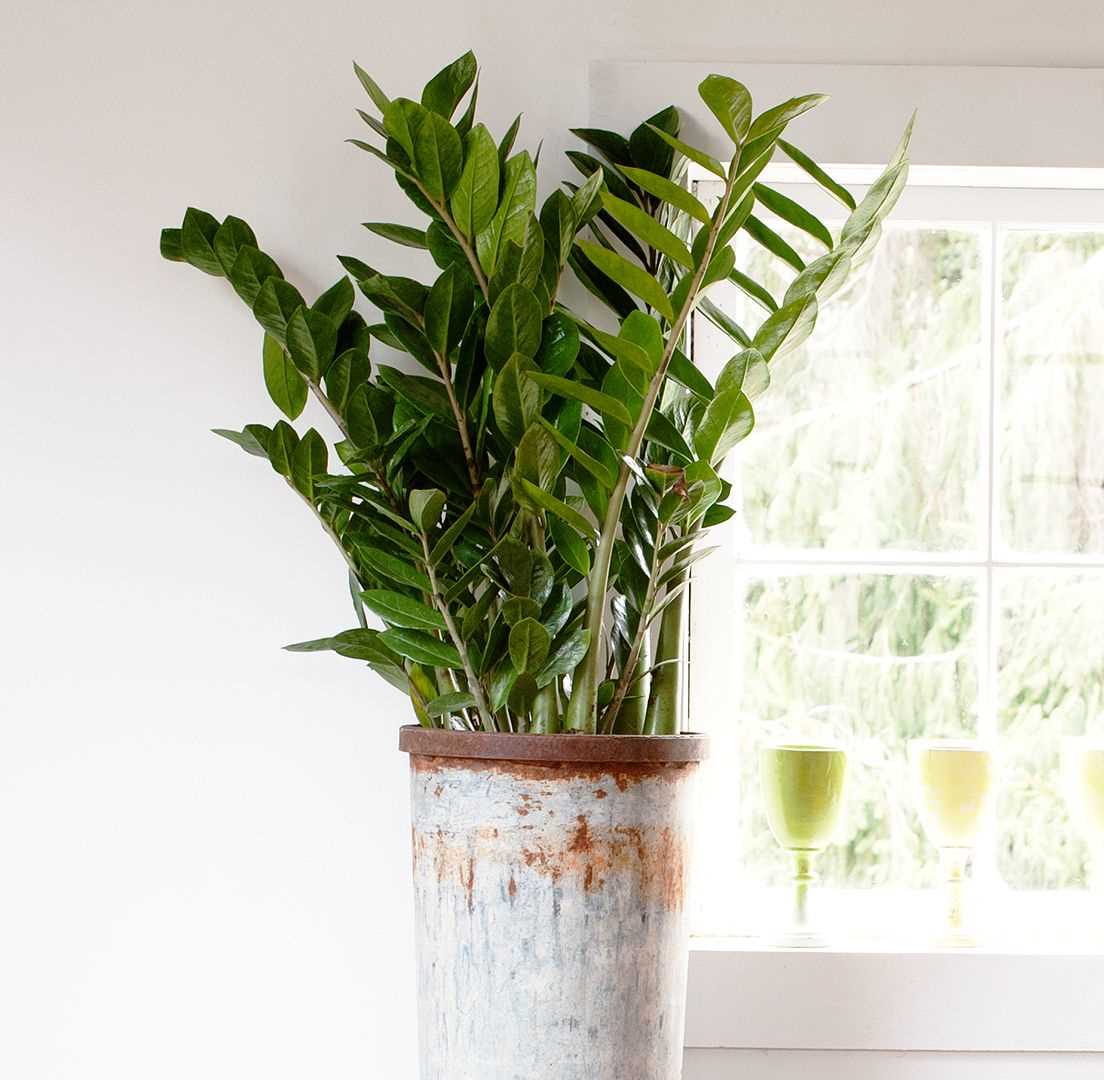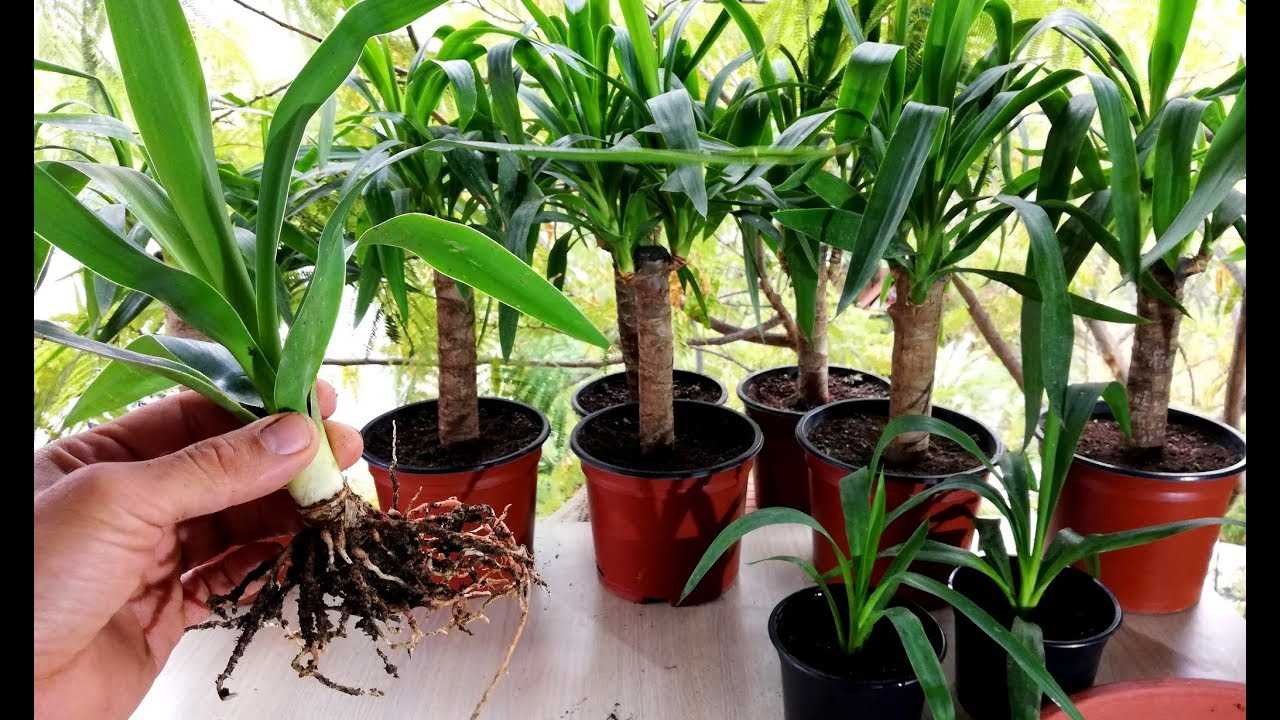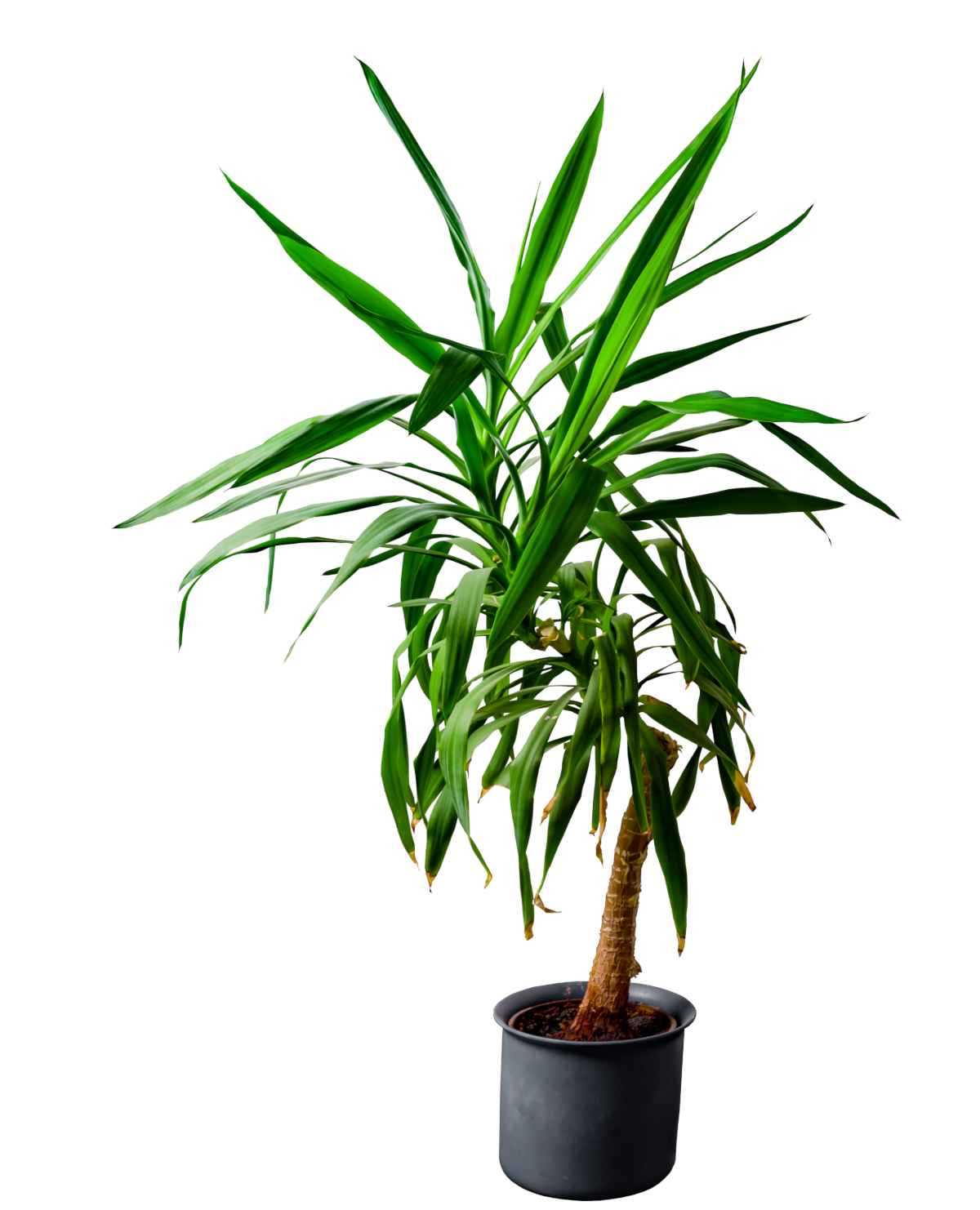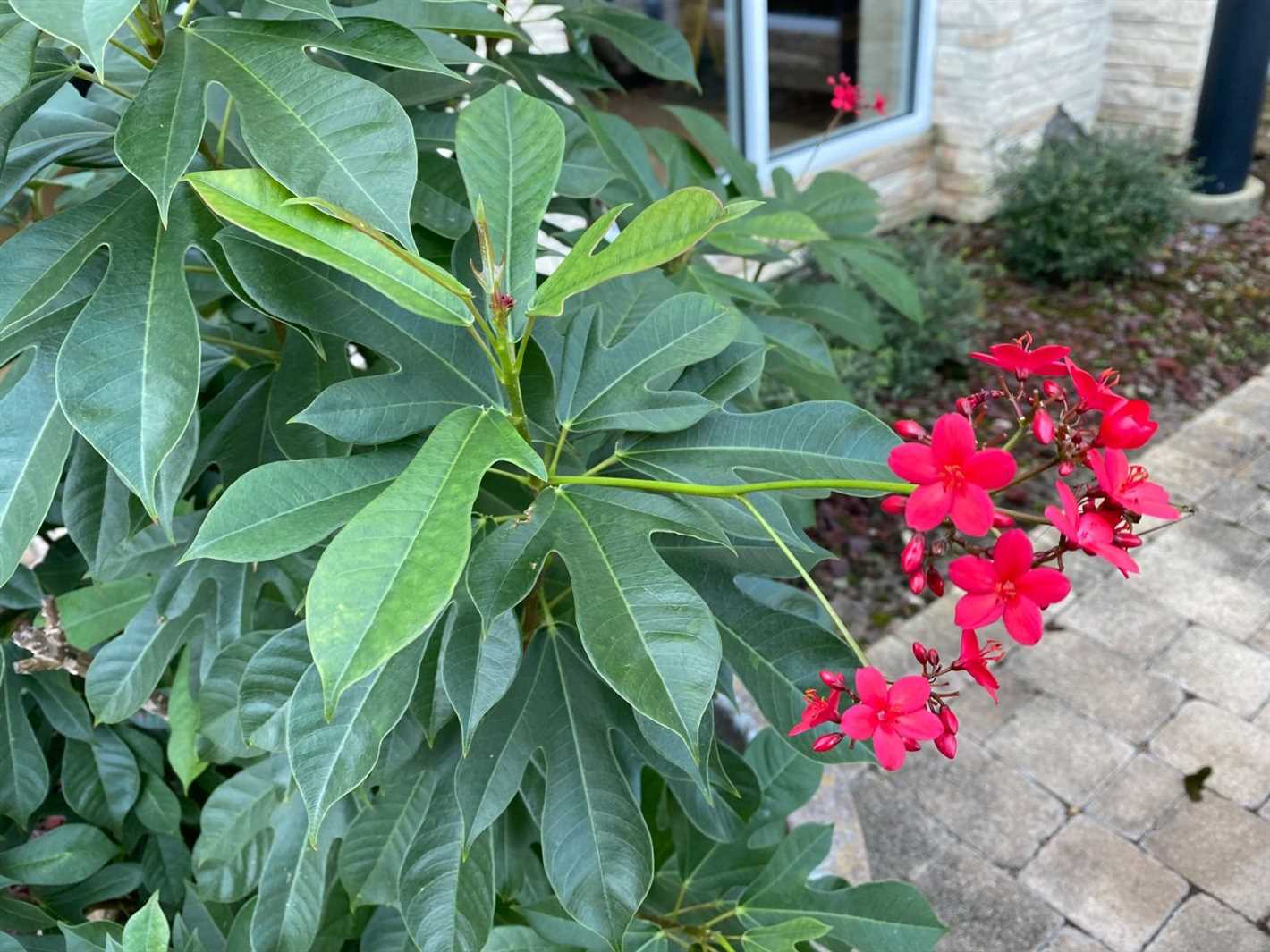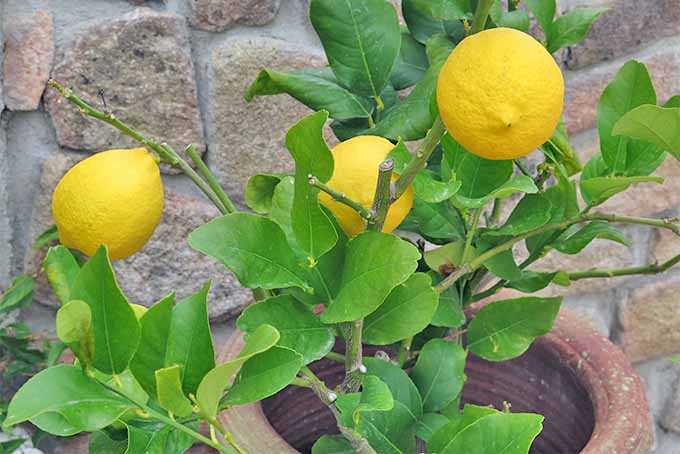- Understanding Ficus Benjamina
- Characteristics of Ficus Benjamina
- Uses of Ficus Benjamina
- Main Causes of Leaf Dropping
- 1. Environmental Factors
- 2. Watering Issues
- 3. Pests and Diseases
- 4. Nutrient Deficiencies
- Lack of Water
- Symptoms:
- Remedies:
- Low Humidity
- Signs of Low Humidity
- How to Increase Humidity for Ficus Benjamina
- Incorrect Light Levels
- Too Much Sunlight
- Insufficient Light
- Pest Infestation
- Other Factors to Consider
- Temperature
- Humidity
- Pests and Diseases
- Nutrient Deficiencies
- Transplant Shock
- Temperature Changes
- Overwatering
- Inadequate Nutrients
- Q&A:
- Why do ficus benjamina trees drop leaves?
- How can overwatering cause ficus benjamina to drop leaves?
- Can underwatering cause ficus benjamina to drop leaves?
- What role does lighting play in ficus benjamina leaf dropping?
- Can sudden changes in temperature cause ficus benjamina to drop leaves?
- Can pests and diseases cause ficus benjamina to drop leaves?
- How can I address the issue of ficus benjamina leaf dropping?
- Video: Propagate Ficus from Cuttings for Bonsai *EASY*
Ficus benjamina, commonly known as the weeping fig, is a popular houseplant known for its lush green foliage. However, you may have noticed that your ficus benjamina is dropping leaves, causing you to wonder why. Leaf drop in ficus benjamina can be caused by a variety of factors, including environmental conditions, pests, diseases, and inadequate care. In this article, we will explore some of the common causes of leaf drop in ficus benjamina, as well as ways to prevent and address this issue.
One of the most common causes of leaf drop in ficus benjamina is environmental stress. Ficus benjamina is native to tropical regions and prefers warm, humid conditions. When exposed to drastic changes in temperature, such as drafts from doors or windows, or low humidity levels, the plant may react by dropping leaves. Similarly, overwatering or underwatering can also cause stress to the plant, leading to leaf drop. It is important to provide your ficus benjamina with a stable environment and to monitor its watering needs.
Pests can also be a major culprit behind leaf drop in ficus benjamina. Common pests that affect indoor plants, including ficus benjamina, include spider mites, mealybugs, and scale insects. These pests feed on the plant’s foliage, weakening it and causing the leaves to yellow and drop. Regularly inspecting your plant for signs of pests, such as webs, tiny insects, or sticky residues, and taking appropriate measures to control and eliminate them can help prevent leaf drop.
Inadequate care and maintenance can also contribute to leaf drop in ficus benjamina. This includes factors such as improper pruning, lack of fertilization, and limited access to sunlight. Proper pruning is essential to maintain the shape and health of the plant, as well as to remove any diseased or damaged leaves. Fertilizing regularly with a balanced houseplant fertilizer can provide the necessary nutrients for healthy growth. Additionally, ficus benjamina requires bright, indirect sunlight to thrive, so ensure that it is placed in a location where it can receive adequate light.
In this article, we have explored some of the common causes of leaf drop in ficus benjamina, including environmental stress, pest infestations, and inadequate care. Understanding these causes can help you identify and address the issue in your own plants. In Part 2 of this series, we will discuss further steps you can take to prevent and treat leaf drop in ficus benjamina, so stay tuned!
Understanding Ficus Benjamina
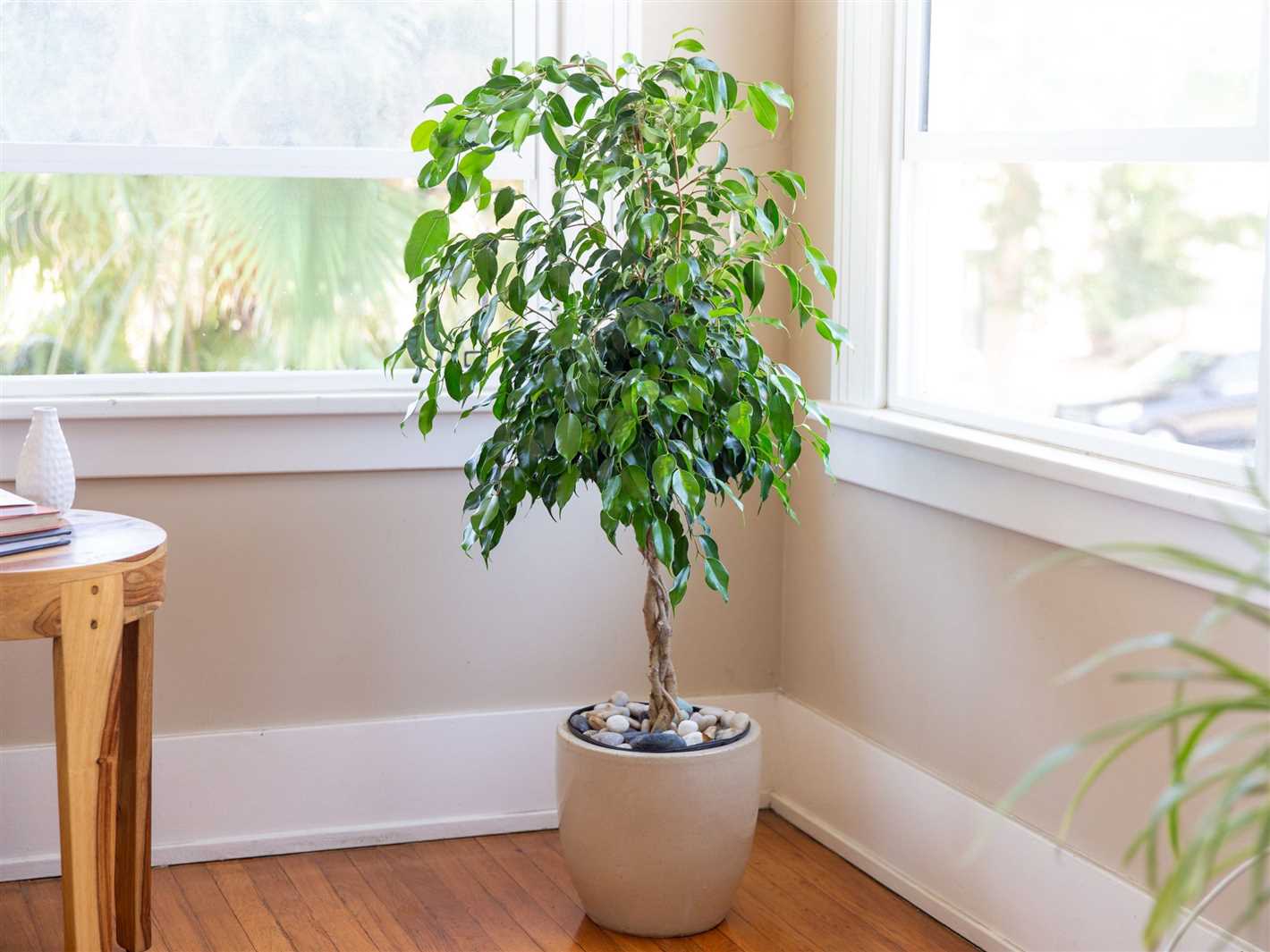
Ficus Benjamina, commonly known as the weeping fig or Benjamin fig, is a popular indoor plant that belongs to the Moraceae family. Native to Southeast Asia and Australia, it is a versatile plant that can adapt to a wide range of environmental conditions.
This evergreen tree can reach a height of up to 30 feet and has glossy, ovate leaves that give it a graceful appearance. Ficus Benjamina is known for its weeping habit, with its branches arching downward and cascading foliage. It is a great choice for adding a touch of elegance to any indoor space.
One of the reasons why Ficus Benjamina is a favorite among plant enthusiasts is its air-purifying properties. It can help remove toxins from the air, making it beneficial for indoor environments with poor air quality. Additionally, this plant is known for its low-maintenance nature and is relatively easy to care for.
Characteristics of Ficus Benjamina
Here are some key characteristics of Ficus Benjamina:
- Leaves: The leaves of Ficus Benjamina are glossy, leathery, and typically dark green in color. They are alternate, simple, and have a pointed tip.
- Fruits: The plant produces small, round, fleshy fruits that can turn from green to purple when ripe. These fruits are not edible for humans but are attractive to birds.
- Roots: The roots of Ficus Benjamina are shallow and tend to spread horizontally. This should be taken into consideration when choosing a pot size and when repotting the plant.
- Growth habit: Ficus Benjamina has a weeping growth habit, with its branches arching downward. With proper care, it can grow to be a tall and graceful tree.
- Light requirements: This plant thrives in bright, indirect light. However, it can also tolerate lower light conditions, making it suitable for indoor spaces with less natural light.
- Watering needs: Ficus Benjamina prefers moderate watering. It is important to let the top inch of soil dry out between waterings to avoid overwatering, which can lead to root rot.
Uses of Ficus Benjamina
Ficus Benjamina is a versatile plant that can be used in various ways:
- Indoor decoration: With its elegant appearance and cascading foliage, Ficus Benjamina is often used as an indoor decorative plant. It adds a touch of greenery and sophistication to any space.
- Hedges and privacy screens: Due to its dense foliage and ability to be pruned, Ficus Benjamina can also be used as a hedge or a privacy screen in outdoor landscapes.
- Bonsai cultivation: The weeping fig is a popular choice for bonsai cultivation due to its small leaves and ability to develop a twisting trunk with proper training.
- Air purification: Ficus Benjamina has been shown to help improve indoor air quality by removing toxins such as formaldehyde and benzene from the surrounding environment.
With its aesthetic appeal, air-purifying properties, and relatively easy care requirements, Ficus Benjamina is undoubtedly a versatile and popular choice for plant enthusiasts.
Main Causes of Leaf Dropping

There are several reasons why Ficus Benjamina may drop its leaves. Understanding these causes can help you prevent leaf dropping and keep your plant healthy.
1. Environmental Factors
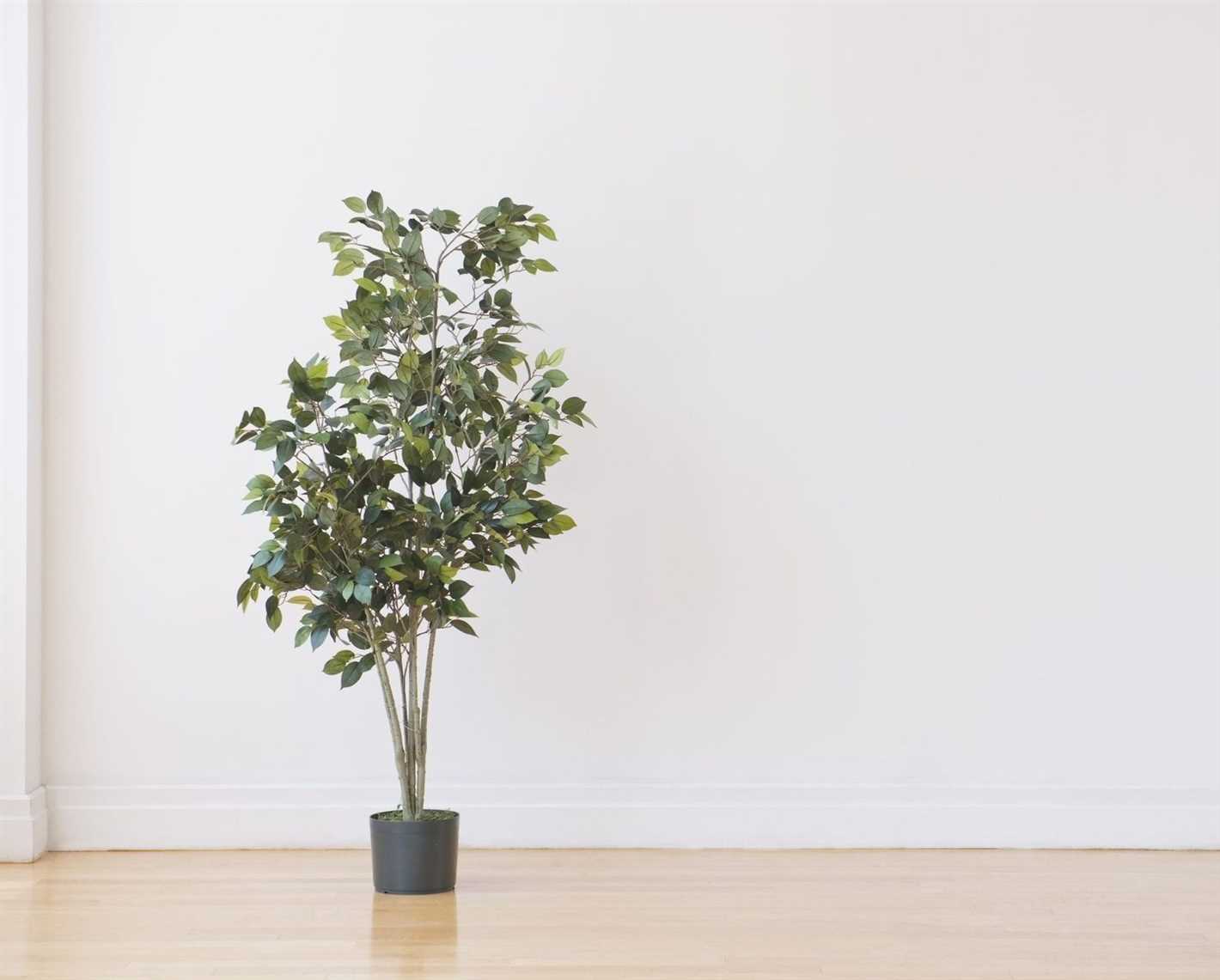
Changes in the environment can cause Ficus Benjamina to drop its leaves. These factors include:
- Temperature: Extreme temperature changes, such as sudden cold drafts or heat waves, can stress the plant and lead to leaf dropping.
- Humidity: Ficus Benjamina prefers high humidity. Low humidity levels can cause the plant to lose its leaves.
- Light: Insufficient or excessive light can trigger leaf dropping. The plant needs a balance of bright, indirect light for optimal growth.
- Draughts: Strong winds or drafts can dry out the plant and cause leaf dropping.
2. Watering Issues
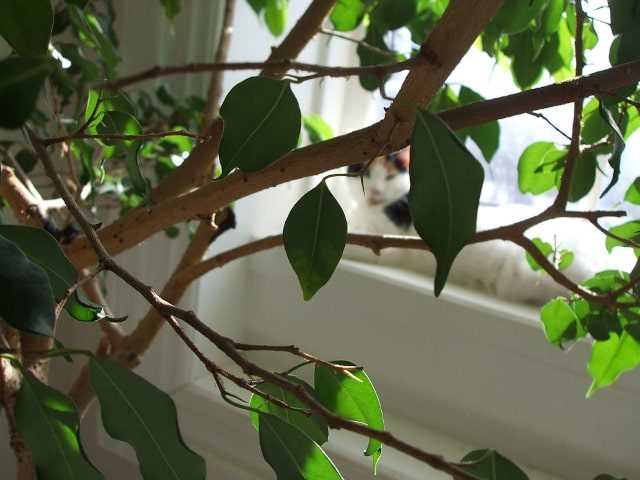
Incorrect watering practices can also lead to leaf dropping in Ficus Benjamina. Common watering issues include:
- Overwatering: Excess water can lead to root rot, which in turn causes the plant to drop its leaves.
- Underwatering: Inconsistent or inadequate watering can stress the plant and result in leaf dropping.
- Water Quality: Poor water quality, such as high levels of chlorine or salt, can negatively affect the plant and cause leaf dropping.
3. Pests and Diseases
Pests and diseases can also be a cause of leaf dropping in Ficus Benjamina. Common culprits include:
- Aphids: These small insects feed on the plant sap and weaken the plant, leading to leaf dropping.
- Spider mites: These tiny pests can infest the plant and cause leaf damage, eventually causing the leaves to drop.
- Fungal infections: Diseases such as root rot or leaf spot can affect the plant’s health and cause leaf dropping.
4. Nutrient Deficiencies
If Ficus Benjamina is not receiving the proper nutrients, it may drop its leaves. Common nutrient deficiencies that can cause leaf dropping include:
- Nitrogen: Lack of nitrogen can result in yellowing and dropping of lower leaves.
- Iron: Iron deficiency can cause yellowing between the veins of new leaves.
- Potassium: Lack of potassium can lead to leaf necrosis and dropping.
By addressing these potential causes of leaf dropping and providing the necessary care, you can help keep your Ficus Benjamina healthy and prevent leaf loss.
Lack of Water
One of the most common reasons why Ficus Benjamina may drop its leaves is due to a lack of water. This plants native to tropical and subtropical regions and is used to a humid environment. When grown indoors, it is important to provide enough water to mimic its natural habitat.
Ficus Benjamina has a high water requirement and its soil should be kept consistently moist, but not waterlogged. If the plant does not receive enough water, it will start to shed its leaves as a self-defense mechanism. When water is limited, the plant will prioritize its survival by shedding leaves to reduce its water loss through transpiration.
It is important to maintain a regular watering routine for your Ficus Benjamina. The exact frequency will depend on factors such as the size of the plant, the pot it is grown in, and the temperature and humidity levels in your home. However, as a general rule, it is recommended to water the plant when the top inch of soil feels dry to the touch.
When watering your Ficus Benjamina, make sure to thoroughly saturate the soil. This will ensure that the water reaches the plant’s root system, which is where it needs to be to properly hydrate the plant.
Symptoms:
- Drooping or wilted leaves
- Leaves turning yellow or brown
- Leaf drop
Remedies:
- Check the soil moisture regularly and water when needed.
- Ensure that the water reaches the plant’s root system by thoroughly saturating the soil.
- Consider using a moisture meter to accurately gauge the need for watering.
- Grouping Ficus Benjamina together with other plants can help increase humidity levels.
- Place the plant in an area with indirect light to reduce transpiration and water loss.
By providing adequate water to your Ficus Benjamina, you can help prevent leaf drop and keep your plant healthy and thriving.
Low Humidity
Ficus Benjamina plants are commonly found in tropical and subtropical regions where humidity levels are naturally high. These plants have evolved to thrive in environments with high humidity, so when placed indoors with low humidity levels, they can struggle to maintain their foliage.
Signs of Low Humidity
- Wilting leaves
- Brown or yellow leaf edges
- Leaf drop
- Dry soil
When a Ficus Benjamina is exposed to low humidity for an extended period of time, it may start to drop leaves as a defense mechanism. The plant loses water through transpiration, which is the process of water movement through the plant and evaporation from the leaves. In low humidity conditions, the rate of transpiration exceeds the rate of water absorption, resulting in water loss and wilting leaves.
How to Increase Humidity for Ficus Benjamina
To prevent leaf drop caused by low humidity, it’s important to create a more humid environment for your Ficus Benjamina. Here are some methods to increase humidity:
- Misting: Regularly mist the leaves with water to increase humidity around the plant.
- Humidifier: Use a humidifier to add moisture to the air. Place it near the Ficus Benjamina for maximum effect.
- Pebble tray: Place a tray filled with pebbles and water underneath the plant. As the water evaporates, it will increase humidity around the plant.
- Grouping plants: Grouping multiple plants together can create a microclimate with higher humidity levels.
By taking measures to increase humidity, you can help your Ficus Benjamina maintain its foliage and prevent leaf drop caused by low humidity.
Incorrect Light Levels
One of the common reasons why Ficus Benjamina drops leaves is incorrect light levels. This plant requires bright, indirect light to thrive. If it is exposed to too much sunlight or if the light levels are too low, it can cause stress and leaf drop.
Too Much Sunlight
Ficus Benjamina is native to tropical regions with plenty of shade. When exposed to direct sunlight, especially during the hottest parts of the day, the leaves can become scorched and wilted. This excessive exposure to sunlight can cause the plant to drop its leaves as a protective mechanism.
To prevent this, it’s important to place the Ficus Benjamina in a location where it receives bright, indirect light. If you notice that the plant is getting too much sunlight, you can use sheer curtains or blinds to filter the light or move the plant to a slightly shadier spot.
Insufficient Light
On the other hand, if the Ficus Benjamina is not receiving enough light, it can also drop its leaves. Insufficient light can lead to weak and leggy growth, as the plant stretches towards the available light. Without enough light, the foliage may become thin and sparser, and the plant may shed leaves as it tries to redirect its resources to areas with better light exposure.
To remedy this issue, make sure to place the Ficus Benjamina in a location where it receives bright, indirect light for most of the day. If needed, you can use grow lights to supplement the natural light or consider moving the plant closer to a window with better light conditions.
Overall, maintaining the correct light levels is crucial for the health and well-being of a Ficus Benjamina. By providing it with the right amount of light, you can prevent leaf drop and help the plant thrive.
Pest Infestation
Pest infestation is one of the common causes of Ficus benjamina dropping leaves. There are several pests that can attack Ficus benjamina, including aphids, scale insects, mealybugs, and spider mites.
Aphids are small, soft-bodied insects that feed on the sap of the plant. They can be identified by their green or black color and their presence can cause yellowing and curling of the leaves. In severe infestations, the leaves may drop off the plant.
Scale insects are small, immobile pests that attach themselves to the stems and leaves of the ficus plant. They can be identified by their hard, shell-like covering. Scale insects can cause yellowing and wilting of the leaves, as well as the presence of a sticky substance on the leaves and the surrounding area.
Mealybugs are small, white, cottony insects that also feed on the sap of the plant. They can be found on the leaves, stems, and branches of the ficus plant. Mealybugs can cause leaf drop, yellowing of the leaves, and the presence of a sticky substance on the leaves.
Spider mites are tiny pests that can be difficult to detect with the naked eye. They often appear as small dots on the leaves and create fine webbing on the plant. Spider mites feed on the sap of the plant and can cause yellowing and dropping of the leaves.
To control pest infestation on Ficus benjamina, it is important to regularly inspect the plant for any signs of pests. If an infestation is detected, there are several treatment options available, including insecticidal soap, neem oil, or horticultural oil. These treatments should be applied according to the instructions on the product label.
Other Factors to Consider
While water and lighting are two major factors that can cause a Ficus benjamina to drop leaves, there are several other factors that you should consider:
Temperature
Ficus benjamina prefers a stable temperature between 65°F and 75°F (18°C to 24°C). Extreme temperature fluctuations, such as being placed near a drafty window or an air conditioning unit, can cause stress to the plant and lead to leaf drop. Make sure to keep your ficus benjamina in a location with a consistent temperature.
Humidity
Ficus benjamina thrives in high humidity environments, with ideal levels around 50% to 60%. Dry indoor environments, especially during winter months with heaters running, can cause the leaves to dry out and drop. Consider using a humidifier or misting the plant to increase humidity levels.
Pests and Diseases
Ficus benjamina can be susceptible to pests such as scale insects, mealybugs, and spider mites. These pests can feed on the leaves, causing them to yellow and drop. Inspect your plant regularly for any signs of pests and treat them promptly using appropriate insecticides or natural remedies.
In addition, fungal diseases such as leaf spot and root rot can also cause leaf drop. Ensure that your ficus benjamina is not overwatered and has proper drainage to prevent these diseases from occurring.
Nutrient Deficiencies
A lack of essential nutrients can also contribute to leaf drop in ficus benjamina. Make sure to provide your plant with a balanced fertilizer that contains nitrogen, phosphorus, and potassium, as well as trace elements such as iron and magnesium. Follow the recommended dosage and application instructions for your specific fertilizer.
Transplant Shock
If your ficus benjamina has recently been transplanted, it may go through a period of transplant shock where it can lose leaves. This is a natural response to the stress of being moved to a new location or a larger pot. Make sure to provide proper care and support during this period to help the plant recover.
By considering these factors and taking appropriate action, you can help prevent leaf drop in your ficus benjamina and ensure its overall health and vitality.
Temperature Changes
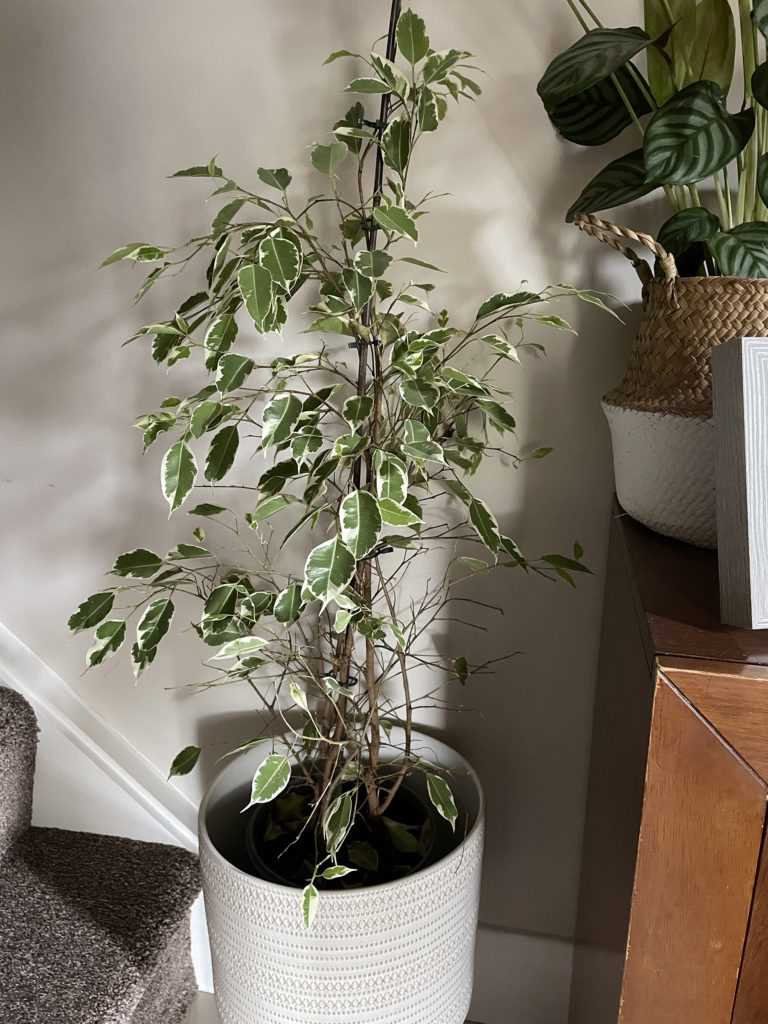
Ficus benjamina, also known as the weeping fig, is a tropical plant native to Southeast Asia. It is highly sensitive to temperature changes, which can negatively affect its leaf health.
1. Cold temperatures:
- Exposure to cold temperatures can cause the leaves of ficus benjamina to drop. This is because the plant is adapted to warm climates and cannot tolerate freezing temperatures.
- Drafty areas, such as near open windows or doors, can expose the plant to cold drafts, leading to leaf drop.
- It is recommended to keep ficus benjamina in a room with a constant temperature between 60-75°F (15-24°C). Avoid placing it in areas with cold drafts.
2. Hot temperatures:
- Excessive heat can also cause ficus benjamina to drop its leaves. High temperatures can lead to water loss through evaporation, causing the plant to dehydrate.
- Direct sunlight can cause sunburn on the leaves, leading to leaf drop. Ficus benjamina prefers bright, indirect light.
- It is important to provide adequate shade and ensure that the ficus benjamina is not exposed to direct sunlight for extended periods.
3. Temperature fluctuations:
- Rapid changes in temperature can shock the ficus benjamina and cause leaf drop.
- Avoid placing the plant in areas with fluctuating temperatures, such as near heating or cooling vents, as this can stress the plant.
- Try to maintain a stable temperature for the ficus benjamina to prevent leaf drop.
By understanding the sensitivity of ficus benjamina to temperature changes, you can provide optimal conditions to prevent leaf loss and promote healthy foliage.
Overwatering
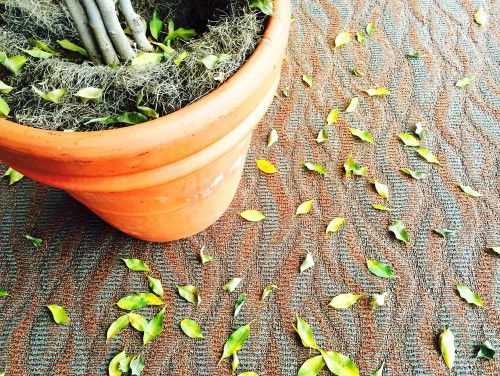
One of the primary causes of Ficus Benjamina’s leaves dropping is overwatering. Many plant owners make the mistake of thinking that more water equals healthier plants, but this is not the case for the Ficus Benjamina. This type of plant prefers slightly dry conditions, and overwatering can lead to root rot, which in turn causes the leaves to drop.
Ficus Benjamina has a shallow root system, which means that it is more susceptible to overwatering. When the roots are constantly soaked in water, they are unable to receive the oxygen they need to survive. This leads to root rot, which is characterized by brown, slimy roots.
In addition to root rot, overwatering can also lead to fungal diseases such as leaf spot and powdery mildew. These diseases can cause the leaves to turn yellow or brown and eventually drop off.
To avoid overwatering your Ficus Benjamina, it is important to water it only when the top inch of soil feels dry to the touch. Make sure to use well-draining soil and a pot with drainage holes to prevent water from accumulating at the bottom. It is also a good idea to water the plant thoroughly and let the excess water drain out.
If you suspect that your Ficus Benjamina is suffering from overwatering, it is best to stop watering it for a period of time and allow the soil to dry out. You may also need to repot the plant in fresh, well-draining soil and trim any affected roots.
Overall, overwatering is a common mistake that can cause Ficus Benjamina’s leaves to drop. By following proper watering practices and ensuring that the plant’s roots have access to oxygen, you can help keep your Ficus Benjamina healthy and leafy.
Inadequate Nutrients
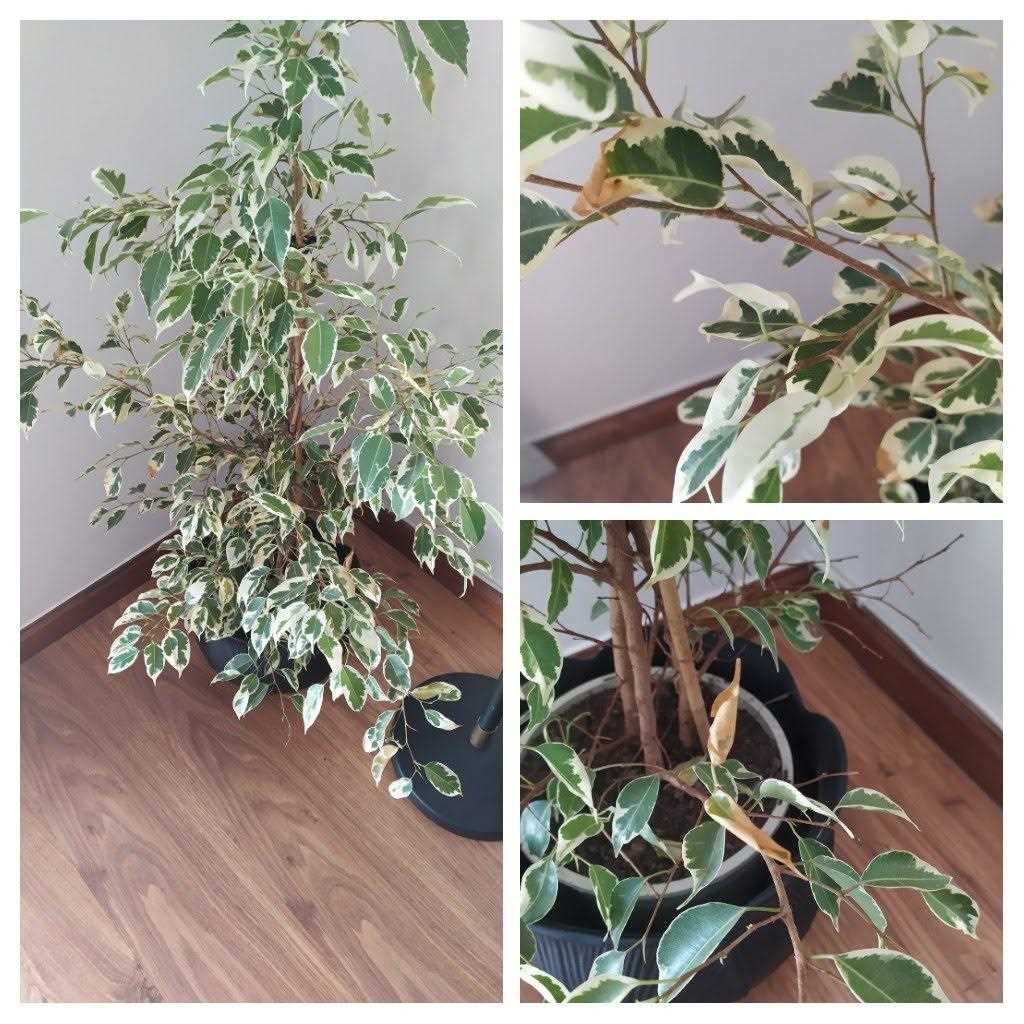
Ficus benjamina, like all plants, requires a proper balance of nutrients to thrive. Inadequate nutrients can cause the plant to drop leaves as a way of conserving energy. Here are some common issues related to inadequate nutrients:
- Nitrogen deficiency: Lack of nitrogen can result in yellowing leaves and stunted growth. Fertilizing the plant with a nitrogen-rich fertilizer can help alleviate this issue.
- Phosphorus deficiency: Insufficient phosphorus can lead to weak and discolored foliage. Adding phosphorus-rich fertilizer can help improve the plant’s health.
- Potassium deficiency: A lack of potassium can cause leaves to wither and develop brown spots. Using a potassium-rich fertilizer can address this problem.
- Micronutrient deficiencies: Inadequate levels of micronutrients such as iron, manganese, and zinc can result in pale or malformed leaves. Applying a micronutrient fertilizer or amending the soil can help rectify this issue.
It is important to note that while inadequate nutrients can cause leaf drop, excessive nutrient levels can also be detrimental to the plant’s health. It is essential to provide the right balance of nutrients through regular soil testing and proper fertilization techniques.
Q&A:
Why do ficus benjamina trees drop leaves?
Ficus benjamina trees can drop leaves due to a variety of reasons. One common cause is overwatering, which leads to root rot and the eventual shedding of leaves. Other possible causes include underwatering, sudden changes in temperature, inadequate lighting, pests, and diseases. It is important to properly identify the specific cause in order to effectively address the issue.
How can overwatering cause ficus benjamina to drop leaves?
Overwatering can cause the roots of ficus benjamina trees to become waterlogged, leading to root rot. This condition prevents the roots from absorbing nutrients properly, resulting in the shedding of leaves. The excess moisture also encourages the growth of fungi and bacteria, which further damages the roots and foliage. In order to prevent overwatering, it is important to allow the top inch of soil to dry out before watering again and to ensure proper drainage.
Can underwatering cause ficus benjamina to drop leaves?
Yes, underwatering can cause ficus benjamina trees to drop leaves. When the plant does not receive enough water, it goes into survival mode and prioritizes the distribution of water to essential parts of the plant, such as the roots and stem. As a result, the leaves may begin to wilt and eventually fall off. It is important to provide adequate water to the ficus benjamina, ensuring that the soil is evenly moist, but not waterlogged.
What role does lighting play in ficus benjamina leaf dropping?
Lighting is an important factor in the health of ficus benjamina trees. Insufficient lighting can cause leaves to turn yellow and drop off. Ficus benjamina plants require bright, indirect light for optimal growth. Placing them in a location with inadequate light can result in the plant becoming weak and stressed, leading to leaf shedding. If the lighting conditions are not ideal, it is recommended to supplement with artificial lighting to ensure the plant’s needs are met.
Can sudden changes in temperature cause ficus benjamina to drop leaves?
Yes, sudden changes in temperature can cause ficus benjamina trees to drop leaves. Ficus benjamina is sensitive to temperature fluctuations and prefers stable, moderate temperatures. Exposure to extreme heat or cold can shock the plant, causing it to shed leaves as a protective response. It is important to avoid placing the plant near drafty windows or heating vents, and to maintain consistent temperatures to prevent leaf dropping.
Can pests and diseases cause ficus benjamina to drop leaves?
Yes, pests and diseases can cause ficus benjamina trees to drop leaves. Common pests that can infest ficus benjamina include spider mites, scale insects, and mealybugs. These pests feed on the plant’s sap, causing damage to the foliage and leading to leaf shedding. Various diseases, such as leaf spot and root rot, can also affect the health of the plant and cause leaf dropping. Proper pest management and disease control measures are important in preventing leaf shedding.
How can I address the issue of ficus benjamina leaf dropping?
To address the issue of ficus benjamina leaf dropping, it is important to identify the specific cause. If overwatering or underwatering is the problem, adjusting the watering schedule and ensuring proper drainage can help. Providing adequate lighting and preventing sudden temperature fluctuations are also key. If pests or diseases are the cause, implementing appropriate pest control or disease management measures is necessary. Consulting with a professional or a knowledgeable plant specialist can help in determining the best course of action for your ficus benjamina.
Video:
Propagate Ficus from Cuttings for Bonsai *EASY*
